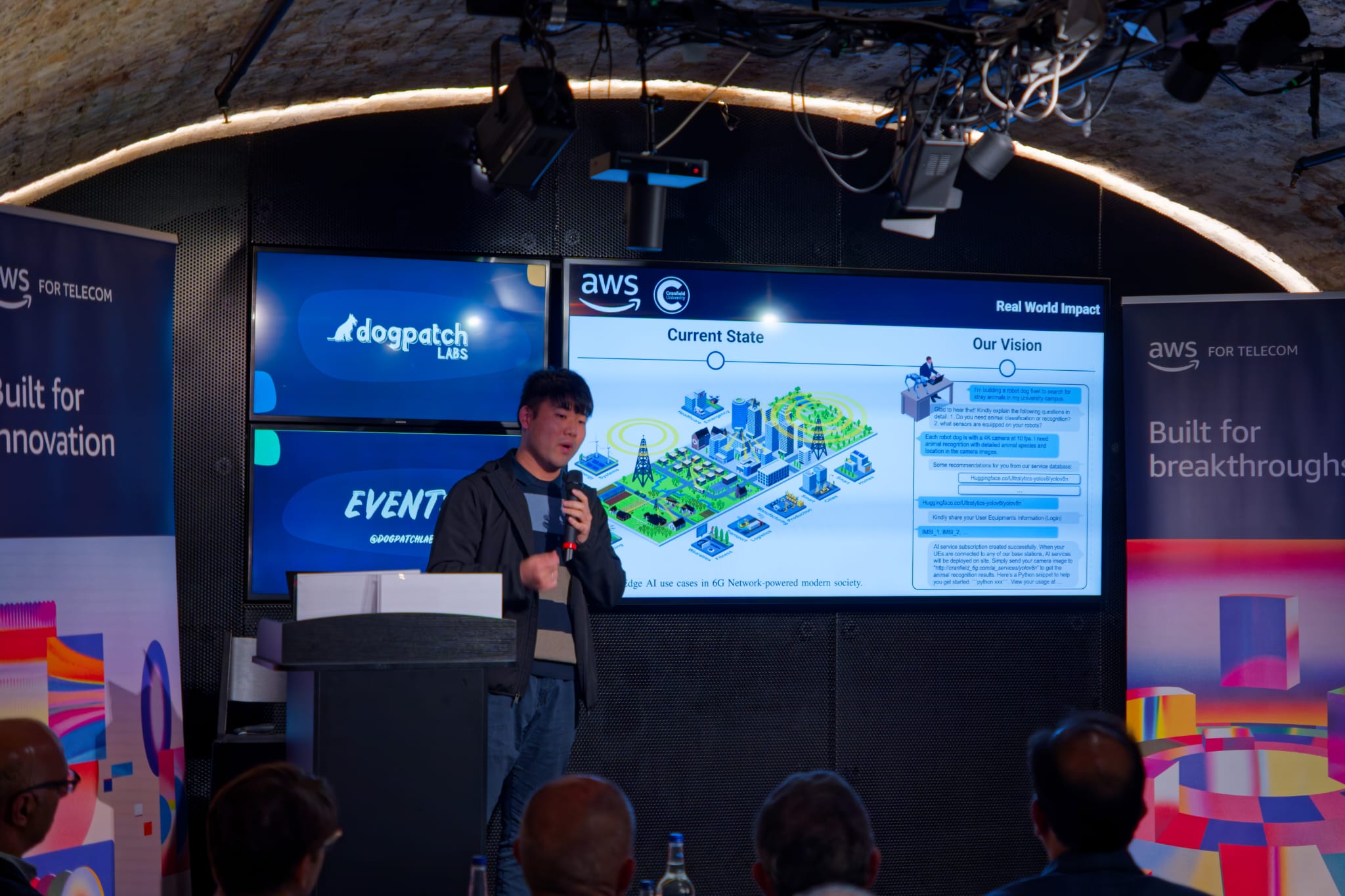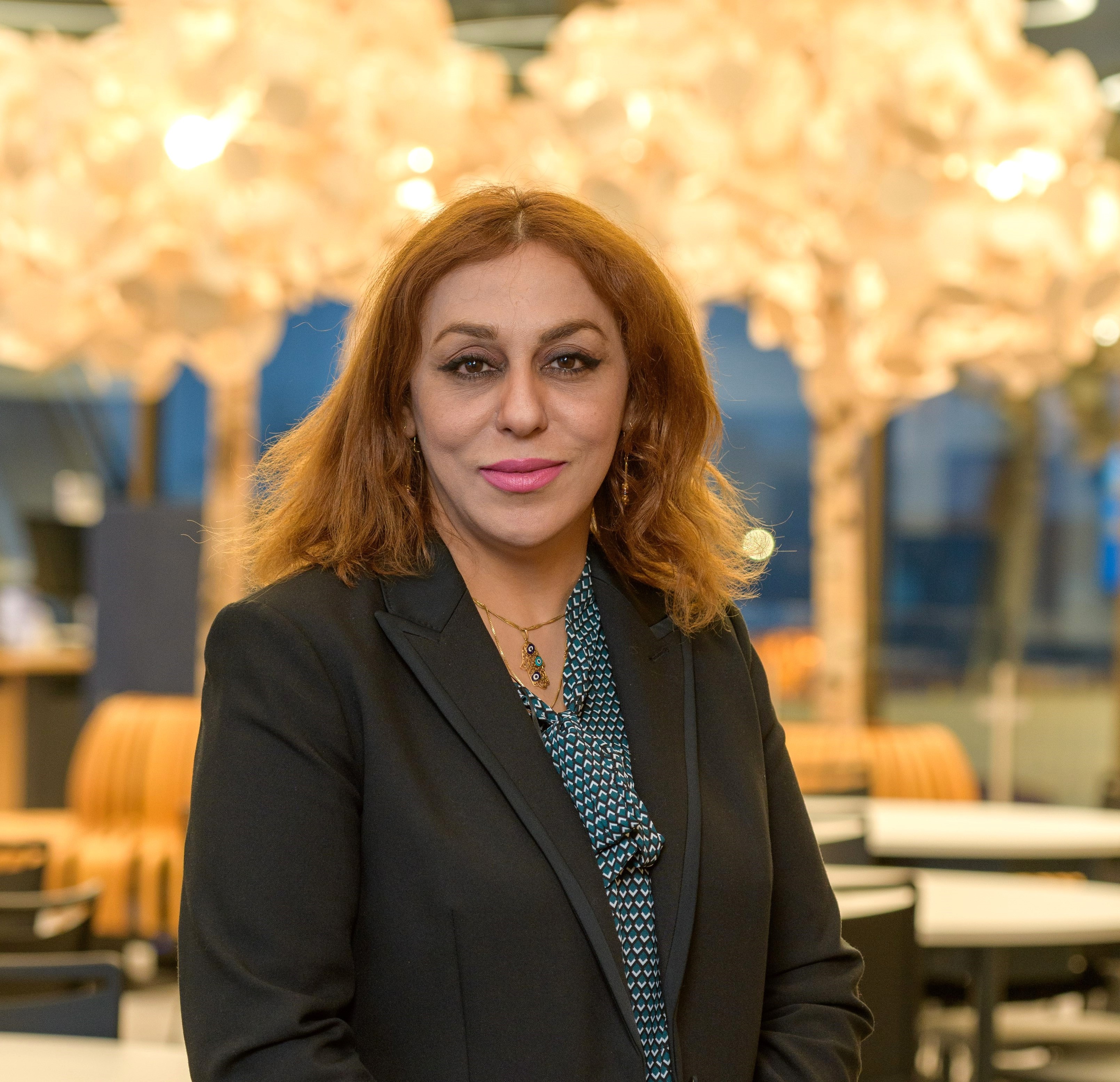Voices from the Lab: Dr Chenguang Liu, Postdoctoral Research Associate – Electrical Power Node, Department of Engineering, Durham University.
8 Oct, 2025
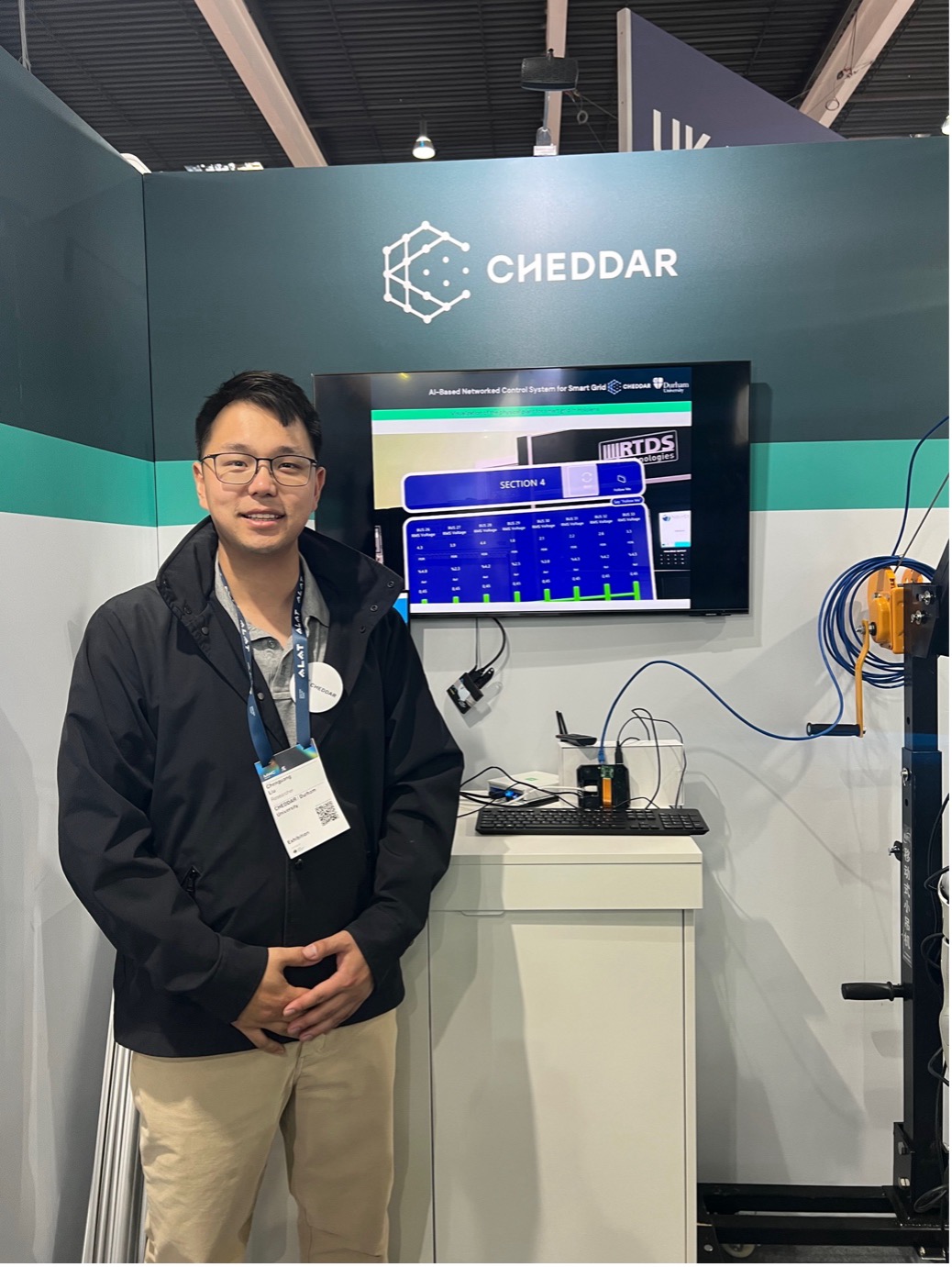
Dr Chenguang Liu is a Postdoctoral Research Associate in the Department of Engineering, Durham University. He specialises in applied machine learning and robust wireless connected systems. His research focuses on AI for wireless and end-to-end design, semantic communication, multi-agent cooperative perception, and networked control systems. He has been awarded the Warwick–SUSTech Scholarship (2019-2023), SUSTech Research Star Award (2023), and his research in cooperative perception have won the Oracle Research UK Grant Award (2022). He has also served as TPC member for several major communication conferences, such as IEEE INFOCOM, ICCCN, and ICCC, and a reviewer for leading journals, such as IEEE TWC, IEEE TVT, IEEE TITS, and IEEE RA-L.
What specific challenge is your research trying to solve, and why does it matter now?
My research explores the potential of AI in wireless communication systems. I focus on domains like autonomous driving, remote control in smart grids, and semantic communication, where effectiveness and reliability are absolutely critical. The main challenge is making wireless links both robust and efficient in highly dynamic environments. Conventional systems, and even many AI models, often fail to generalize under unpredictable, non-stationary conditions, or they require heavy computation that makes them inefficient and less sustainable. This matters because next-generation services, such as cooperative perception for autonomous vehicles, connected digital twins or remote decision-making in critical infrastructure, depend on communication that is not only fast, but also safe, reliable, and adaptive, supporting both road safety and the stability of energy networks.
How does your project contribute to the overall goals of CHEDDAR?
My research directly supports CHEDDAR’s goal of building intelligent and resilient communication systems for distributed cloud applications. At Durham, I focus on developing AI-enabled semantic communication and digital twin integration for smart grids, as well as designing testbeds that connect wireless computation nodes and VR glasses with real-time digital simulators. I’ve also worked on robust cooperative perception frameworks for autonomous driving, where we use self-supervised and generative models to make vehicle-to-vehicle communication more reliable under changing wireless conditions. Together, these efforts help CHEDDAR move beyond theory into demonstrable systems, ensuring communication, computing, and applications are co-optimized to deliver safe, adaptive, and practical performance.
Can you walk us through a recent breakthrough or discovery and what it means for your field?
One recent breakthrough in my work is a hierarchical framework (as shown in Fig.1, link) that combines self-supervised learning with generative diffusion models to make vehicle-to-vehicle communication more reliable in cooperative perception. This means autonomous vehicles can share and interpret information more accurately, even when the wireless environment is highly dynamic, which is a big step for road safety. Another advance is a federated knowledge distillation framework for hybrid quantum-classical semantic communication (as shown in Fig. 2, link), which improves robustness against interference while reducing computational cost. Both of these shows the potential of moving from traditional communication toward intelligent, semantic-aware AI-based systems that are more robust, more adaptive, and more efficient.
Fig.1 Our proposed hierarchical framework with joint self-supervised weighting and generative diffusion-based denoising
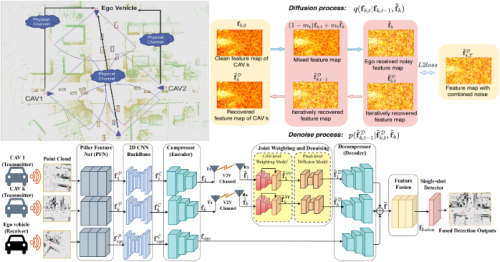
Fig. 2 Our proposed federated knowledge distillation framework for hybrid quantum-classical end-to-end communication with multi-user interference
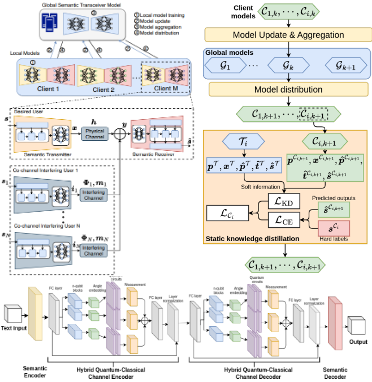
What’s something the public might misunderstand about your area of research?
One common misunderstanding is that using AI in communications just means adding machine learning models on top of existing systems. In fact, what we’re doing is rethinking the whole pipeline end-to-end, so that communication and AI are designed together to adapt dynamically to the environment.
How do you measure impact or success in your work?
I measure success in a few ways. First, by making scientific progress, publishing new methods in leading journals and conferences, not only in communication society, but also in related areas like intelligent transportation and smart grids, so the impact is recognized across different communities. Second, by proving concepts in practice and demonstrating real-world relevance, for example through testbeds and demos. And finally, I see success as a continuous journey. For me, it is not only about big milestones, but also about learning every day and making small steps forward.

